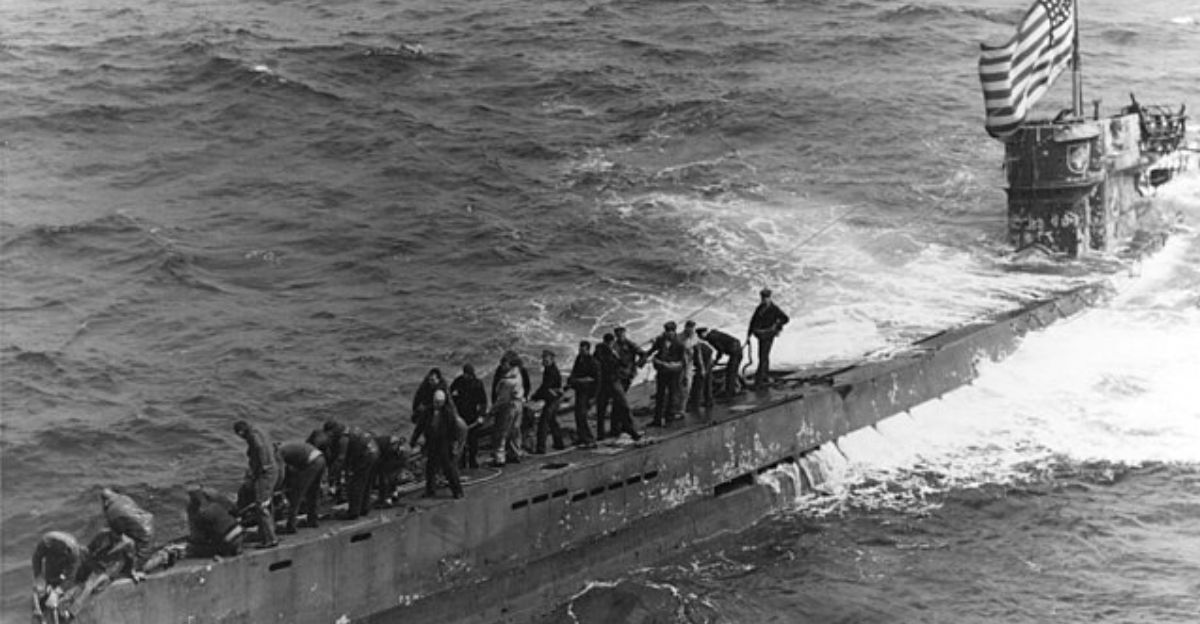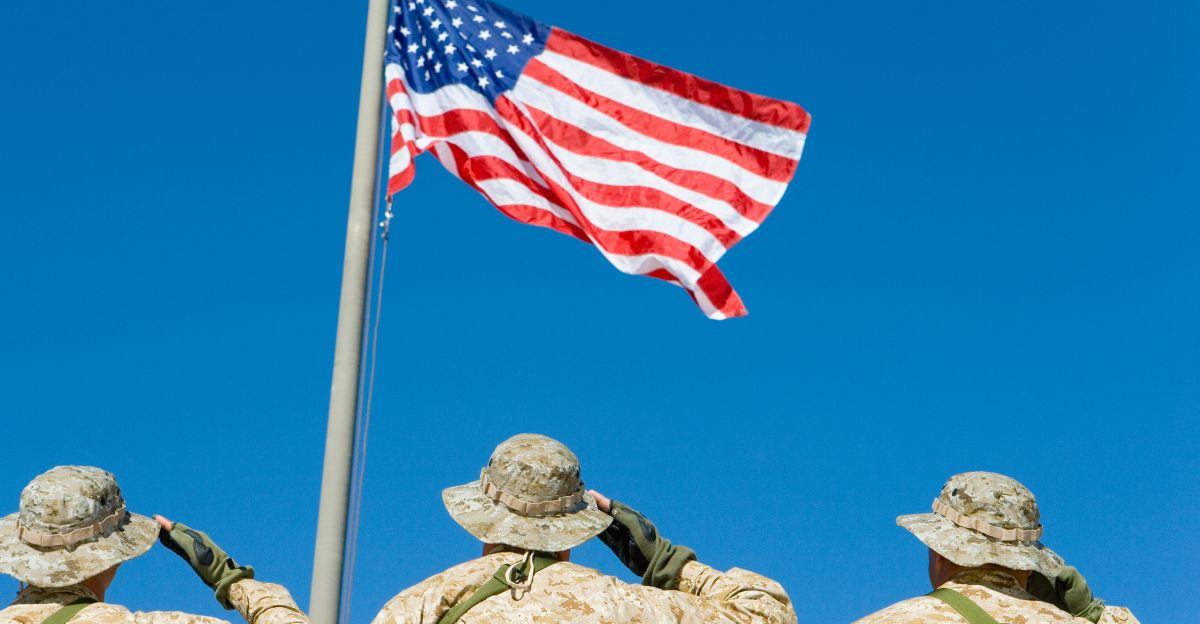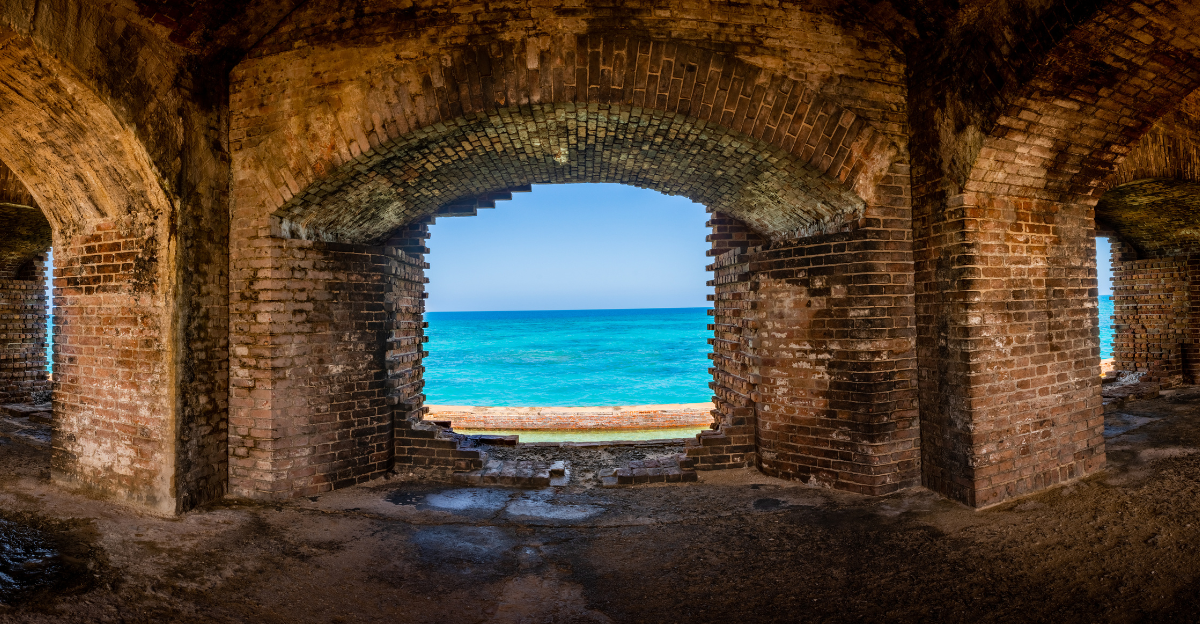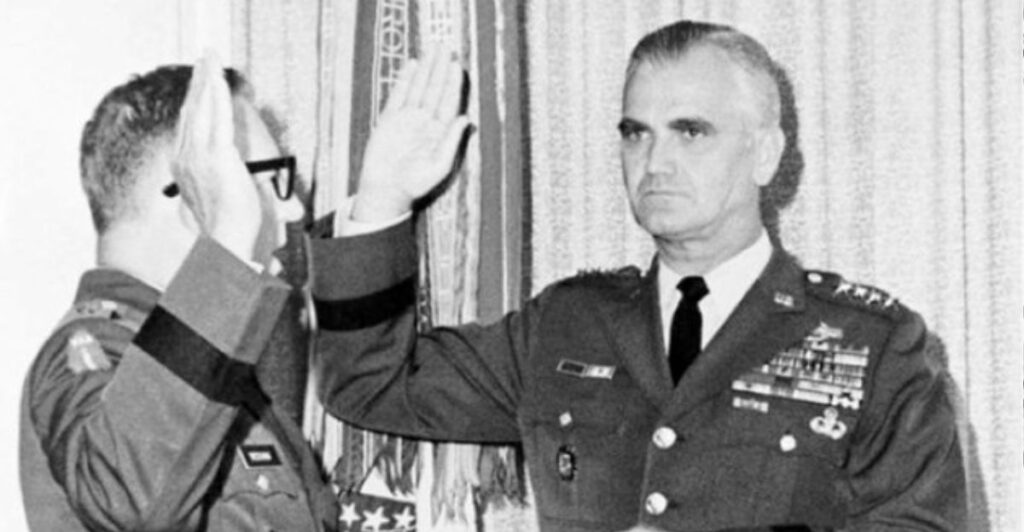
Documents about a proposed military plan have come to light surrounding the Vietnam War. The plan was codenamed “Fracture Jaw” and would have implemented nuclear weapons in the Vietnam War as a contingency. The plan would have targeted North Vietnamese positions and supply lines despite it being wholly unauthorized.
Nuclear Weapons

Nuclear weapons completely transform the way warfare works. Despite the controversy surrounding their effects, many in the U.S. Army were advocates of their use, including Joint Chiefs of Staff and Military leaders like General William Westmoreland. As desperation set in, the goal was to use nuclear weapons as a contingency plan.
Fracture Jaw
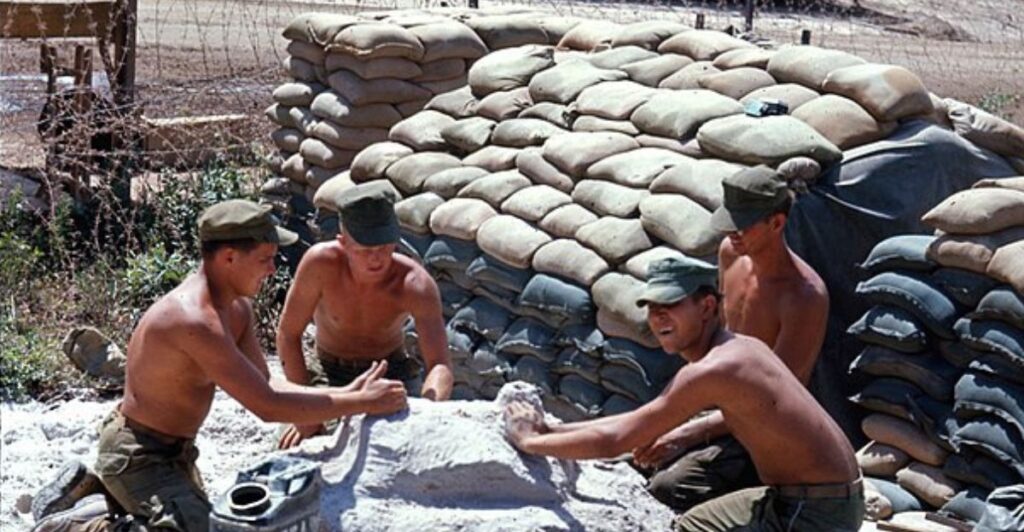
Pacific Command developed “Fracture Jaw” in 1968, which included using nuclear weapons to destroy key Vietnamese military points. The plan got far enough along that nuclear specialists and operation strategies were involved before the presidency caught wind of what was going on and acted accordingly.
Shutting It Down
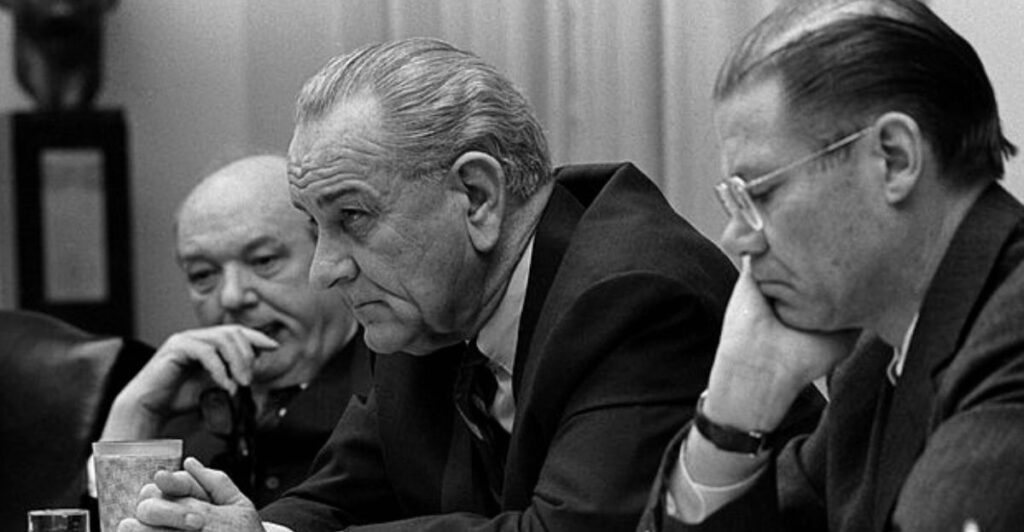
The president at the time, President Lyndon B. Johnson, learned about “Fracture Jaw” and demanded an explanation. He reinforced his standing on no nuclear weapons being deployed during the Vietnam War. He intervened quickly and shut down any potential for the use of nuclear weapons.
Advocacy
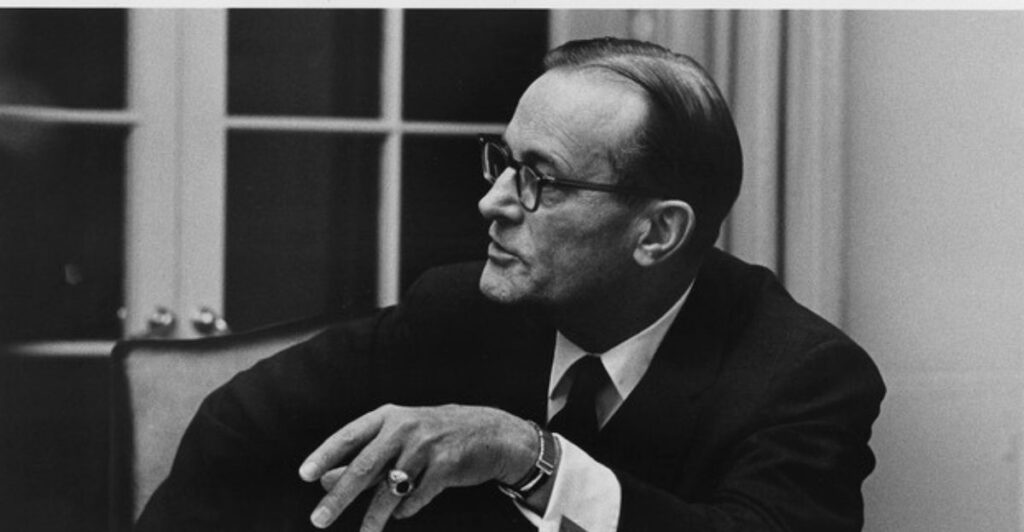
Despite President Johnson’s stance on nuclear weapons, many members of the military advocated for nuclear weapons and their advantages. General Earle Wheeler and General Westmoreland argued that their deployment would severely disrupt the supply chains and infrastructure of Northern Vietnamese troops.
Skepticism

Even with the lobbying of nuclear weapons advocacy, the advocates were met with heavy skepticism, as many knew the effects that nuclear weapons would have on not just the war but world politics. There would have no doubt been an escalation which could have resulted in nuclear war.
Scientific Studies
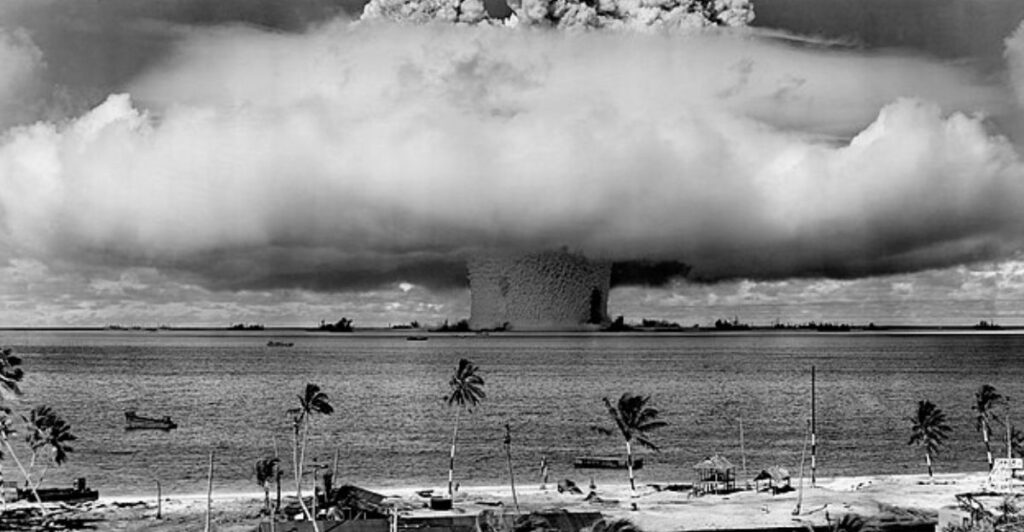
The JASON group, an independent group of elite scientists, looked into how viable nuclear weapons would have been in the Vietnam War. After their study concluded in 1966, it was unanimous that nuclear weapons would be both ineffective in the war effort and also have disastrous political consequences.
Political Fallout
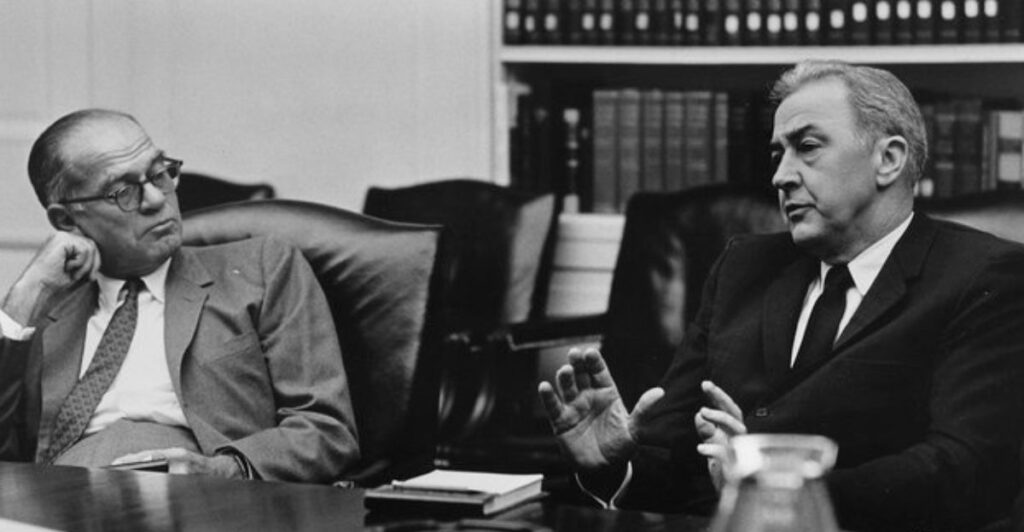
Among senators, the very idea of “Fracture Jaw” created political fallout. Senator Eugene McCarthy and William Fulbright raised apprehensions and launched investigations into how serious the contingency plan was. The incident helped to show the dangers associated with unauthorized military planning.
Responsibility
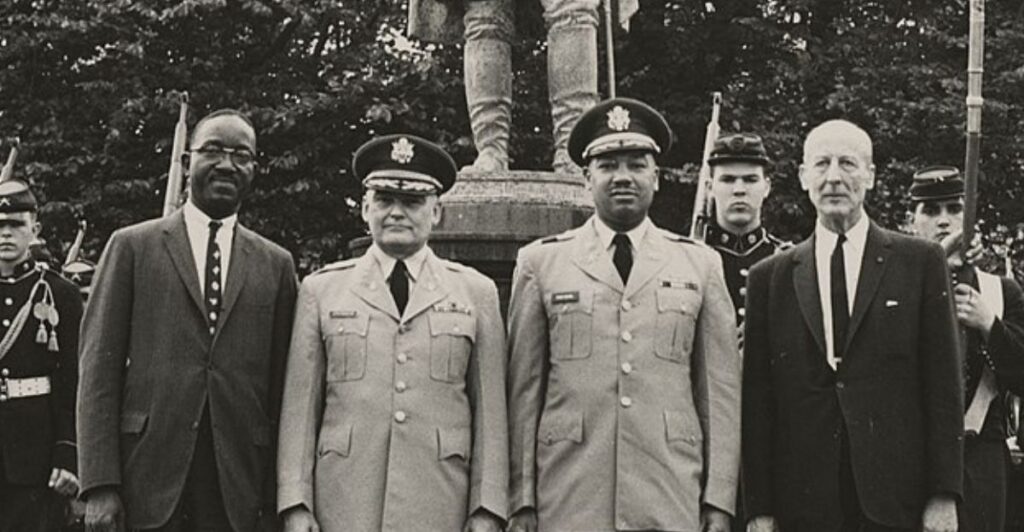
The history surrounding “Fracture Jaw” highlights the responsibility of reasonable military force and the dangers of both nuclear weapons and unauthorized use of military power. If the plan had been put further into motion, then the world could be very different from what it is today.
A Chilling Chapter

The declassification of “Fracture Jaw” is a chilling chapter in the U.S. Military’s history. The plan was thankfully never finalized and was quickly halted due to the presidency. This restraint saved countless lives as mutually assured destruction is often theorized to have occured during the Cold War if nuclear force was justified anywhere.
Source:
Reference 1
Reference 2



